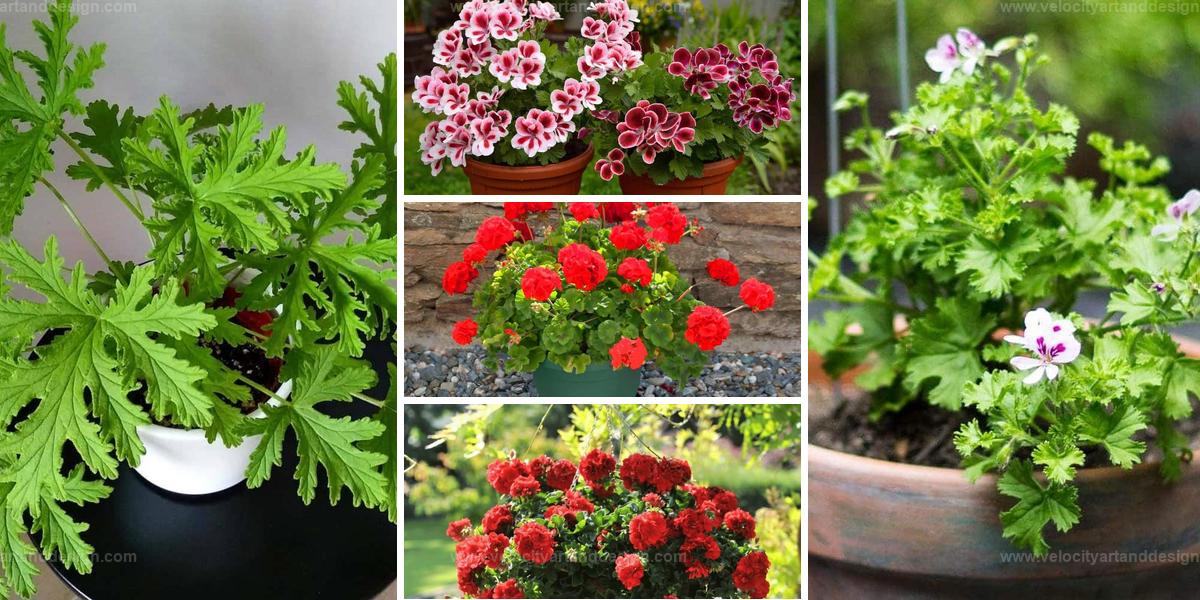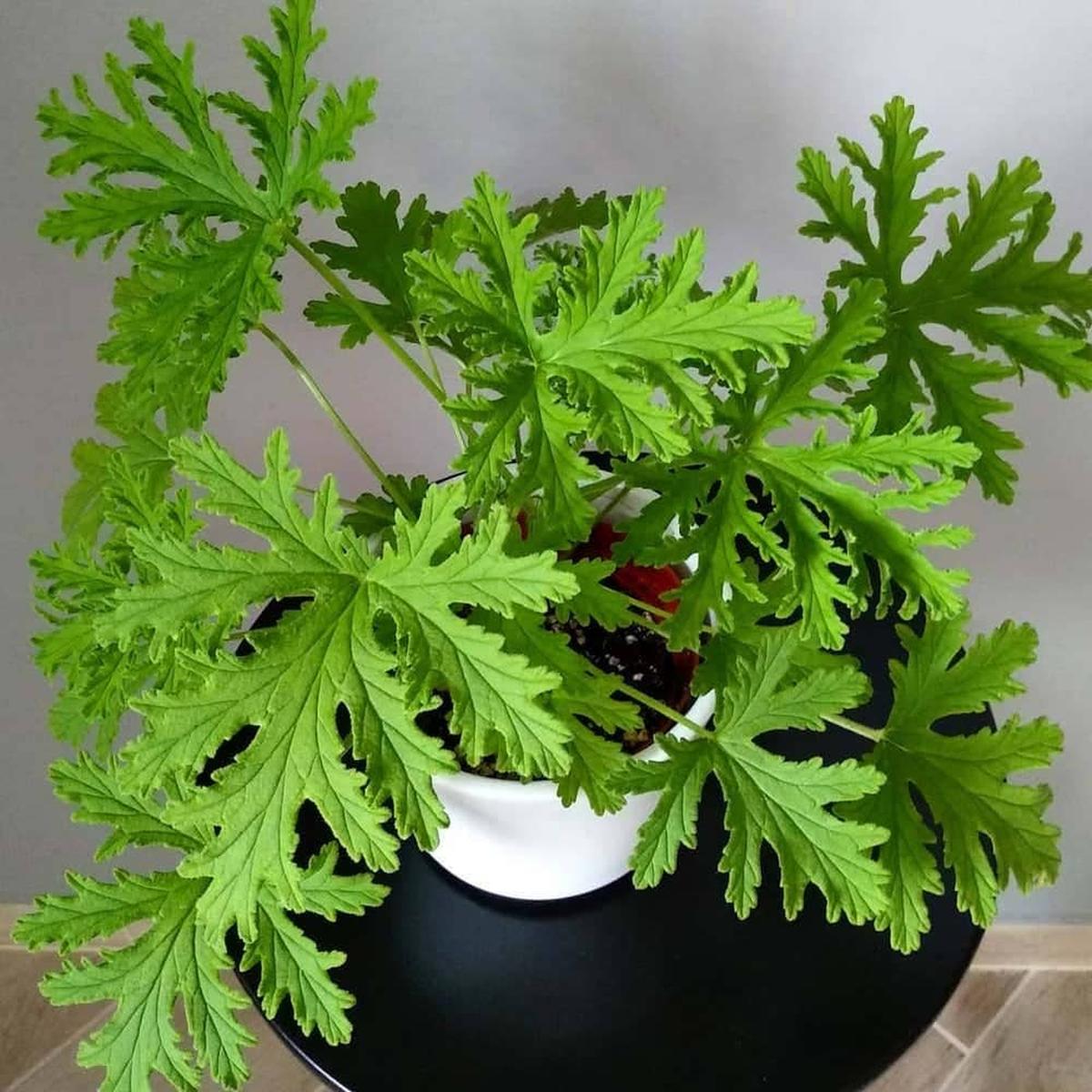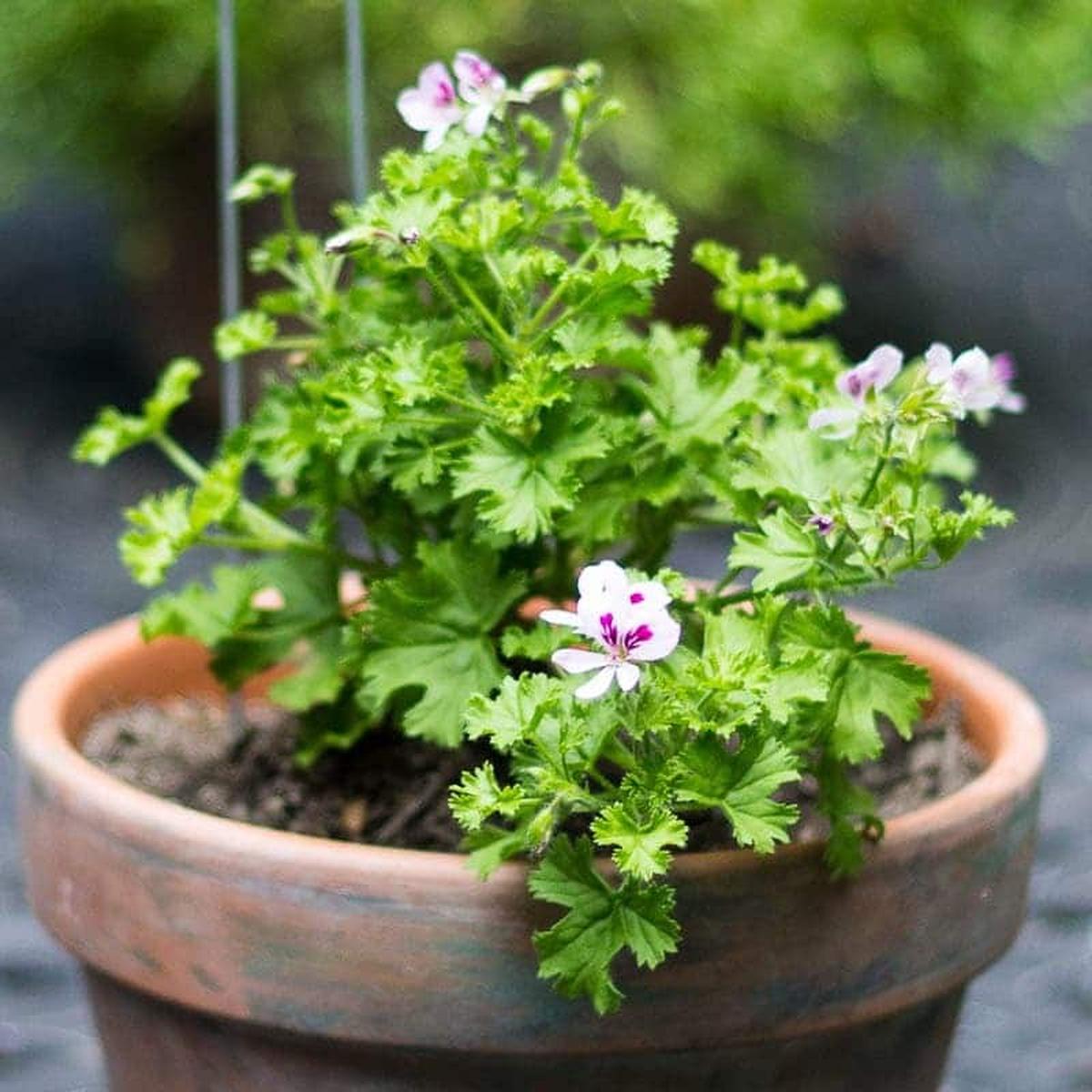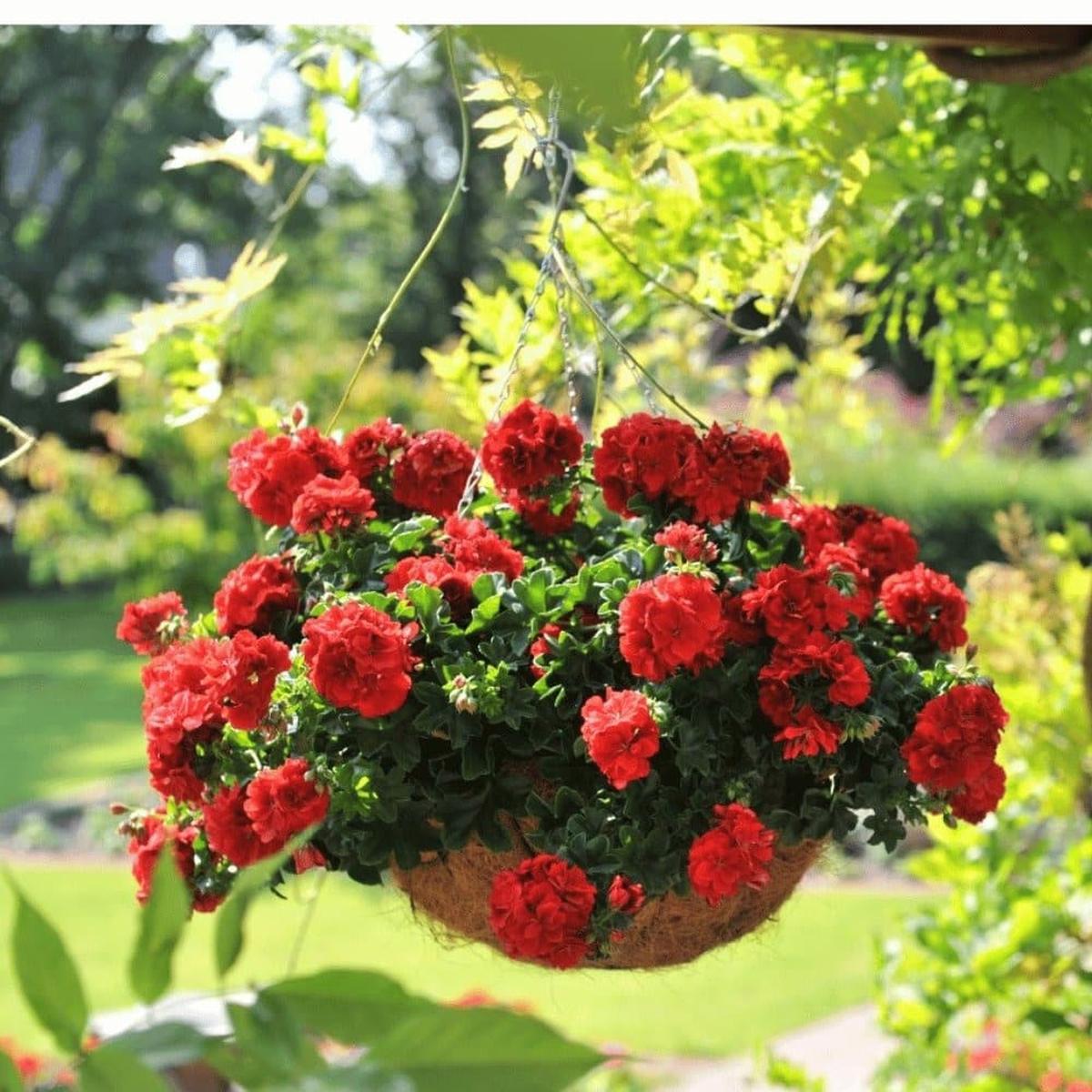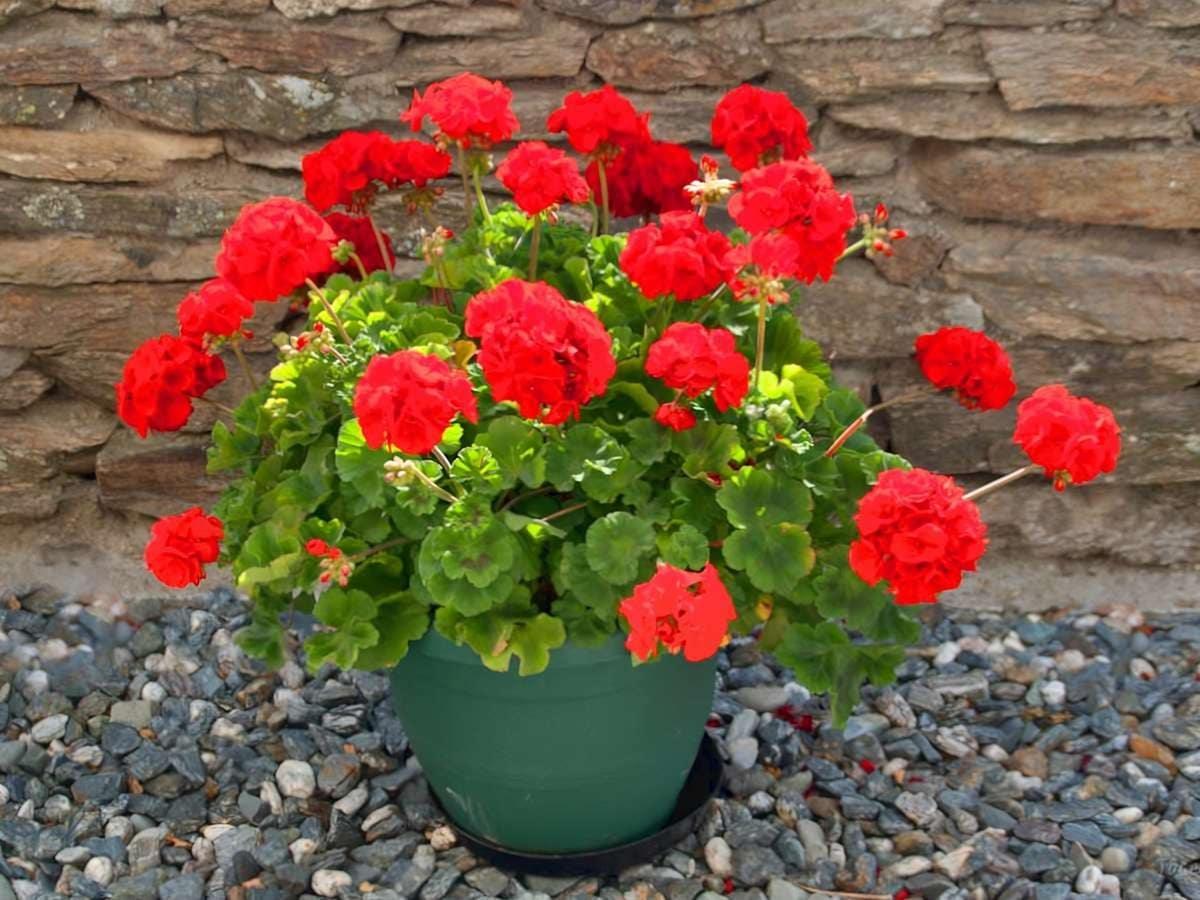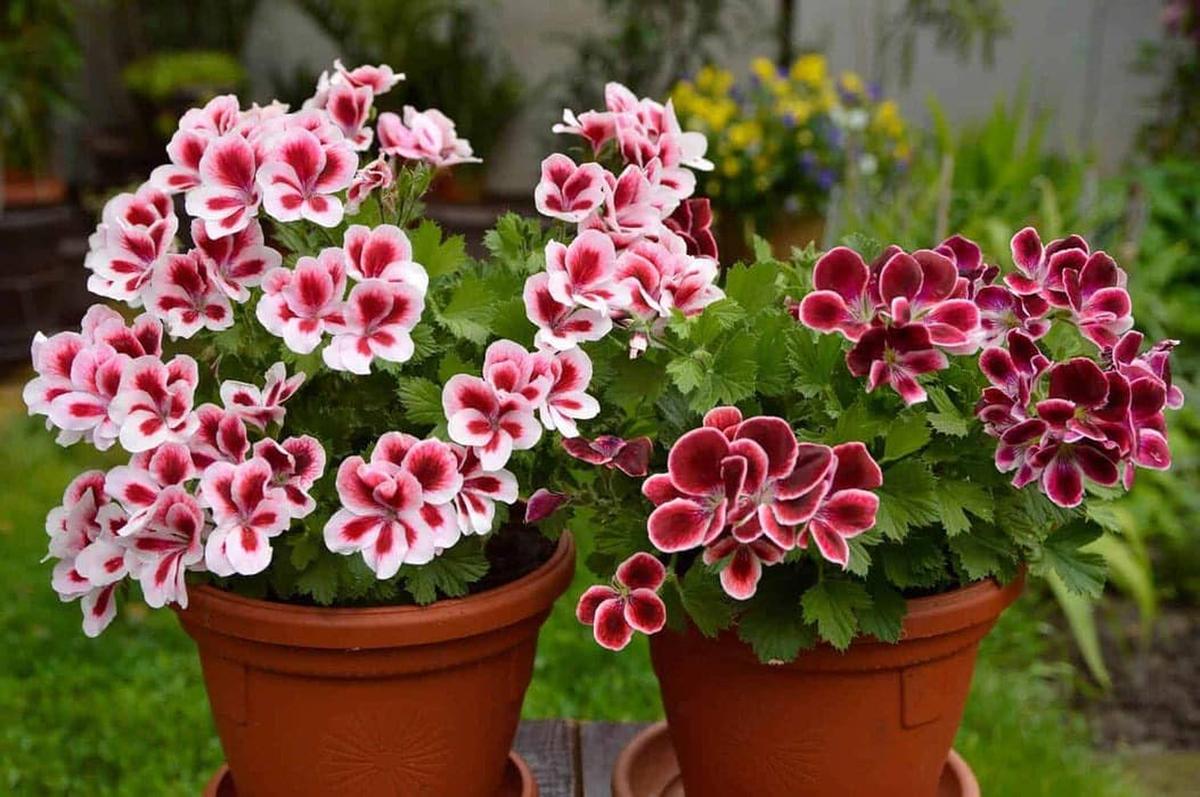5 Proven Secrets for Continuous Geranium Blooms Through Fall
Keeping your geraniums flowering from spring through fall doesn’t have to be difficult!
With a little care and attention, these colorful flowers can thrive and provide beautiful blooms all season long.
If you’re wondering how to maintain that gorgeous burst of color in your garden or on your patio, we’ve got you covered with 5 simple secrets to ensure your geraniums stay healthy and keep flowering nonstop.
Follow these easy tips, and you’ll have stunning geraniums from spring all the way through fall.
Tips To Get Geraniums To Bloom
Struggling to get your geraniums to bloom? These helpful tips will ensure your plants thrive and produce vibrant flowers all season long, keeping your garden colorful and full of life.
Sunlight
Sunlight is essential for geraniums to thrive and produce vibrant blooms. These sun-loving plants need at least 6 to 8 hours of direct sunlight daily to stay healthy and flourish.
If you're growing geraniums indoors, placing them near a bright window ensures they receive the light they need for abundant flowering. Outdoors, they perform best in full sun but can tolerate some light shade during the hottest part of the day.
Watering
Proper watering keeps geraniums blooming beautifully while preventing common issues like root rot. The key is allowing the top inch of soil to dry before watering again.
This balance helps your plants stay healthy and prevents overwatering, which can lead to wilting or disease. Using well-draining soil and pots with drainage holes ensures the water flows through, promoting stronger roots and lush growth.
Fertilizing
Geraniums benefit from a consistent but light feeding schedule during their active growing months. A balanced fertilizer, slightly higher in phosphorus, helps support flower development without overwhelming the plant.
Fertilizing every 4 to 6 weeks gives the geraniums the nutrients they need to bloom profusely, though too much fertilizer can result in excessive foliage at the expense of flowers. Applying fertilizer during early spring ensures the best results.
Deadheading
Deadheading keeps geraniums fresh and blooming by removing faded flowers before they turn to seed. Snipping off spent blooms with clean tools redirects the plant’s energy into producing more flowers.
Regular deadheading not only encourages continuous blooming but also maintains a neat, tidy appearance throughout the growing season. This simple task makes a noticeable difference in the overall health and beauty of your plants.
Pruning
Pruning geraniums encourages bushier growth and a more compact shape, helping the plant produce more flowers. Pinching back the growing tips in the early stages encourages lateral branches to form, making the plant look fuller.
If your geraniums become too leggy, a harder prune in late winter or early spring can rejuvenate the plant, leading to a burst of new buds and fresh growth. Keeping the plant neatly trimmed improves its overall appearance.
Reasons Your Geraniums Dont Bloom
If your geraniums aren’t blooming, it could be due to a few common issues. Learn about the possible reasons why and how to resolve them to encourage healthy, consistent flowering.
Lack of Sunlight
Geraniums thrive on sunlight, and a lack of it can greatly reduce blooming. When kept in shaded areas, the plant focuses more on staying alive rather than producing flowers.
Relocating geraniums to a sunnier spot, where they can absorb at least six hours of light, makes a noticeable difference in the health and vibrancy of their blooms. Sunlight is their energy source, and ensuring they get enough can bring out the best in them.
Poor Watering
Watering geraniums properly is crucial for blooming. Too much water can suffocate the roots, while too little leaves the plant stressed and weak.
Striking a balance between keeping the soil moist without drowning it is key. You might find that allowing the top layer of soil to dry out slightly before the next watering creates the healthiest environment for vibrant growth and bloom production.
Nutrient Deficiency
Geraniums rely on proper nutrients to support healthy blooming. Phosphorus is especially important for flower production, and without it, plants may struggle to produce blooms.
A balanced fertilizer applied regularly provides what they need to grow strong and produce flowers. You will likely notice that well-fed geraniums bloom more profusely, making the effort worth it.
Aging and Fatigue
Aging can impact a geranium’s ability to bloom, as older plants tend to produce fewer flowers. Fatigue from years of growth can take its toll, even with proper care.
Rejuvenating the plant through pruning or planting fresh geraniums often revives their blooming power, giving them a second chance at showcasing their natural beauty. Younger plants have more energy and tend to produce more vibrant flowers.
Pests and Diseases
Pests and diseases can seriously impact blooming. Aphids, spider mites, and fungal infections often redirect a plant’s energy towards defense rather than flower production.
Regular inspection for signs of infestations and diseases ensures that problems are treated before they affect the plant’s health. Keeping pests and diseases at bay helps your geraniums focus on producing lush, colorful blooms that you can enjoy.
FAQS
Got questions about caring for your geraniums? Check out these frequently asked questions to find expert answers on everything from watering routines to maximizing blooms.
Can Geraniums Grow Indoors?
Geraniums thrive indoors when given the right care. Bright sunlight is key, so placing them near a south-facing window works wonders.
Well-draining soil ensures the plant isn’t sitting in excess water, and keeping the environment moderately warm helps them flourish. You’ll notice how easily they add charm to any indoor space while blooming throughout the season.
How to Overwinter Geraniums?
Bringing geraniums indoors before the first frost helps protect them during the cold months. Choose a bright, cool spot to place them, and water sparingly to avoid overwatering.
By withholding fertilizer until spring, the plant rests and conserves energy for new growth. Overwintering also allows you to enjoy the same vibrant plant year after year, without needing to replant.
How to Prevent Pests on Geraniums?
Geraniums benefit from regular checks to keep pests at bay. Natural solutions like insecticidal soap are often enough to manage common issues.
Ensuring proper airflow around the plants also reduces the likelihood of infestations. You can maintain healthy, thriving geraniums by staying vigilant and addressing pest problems early before they become serious.

